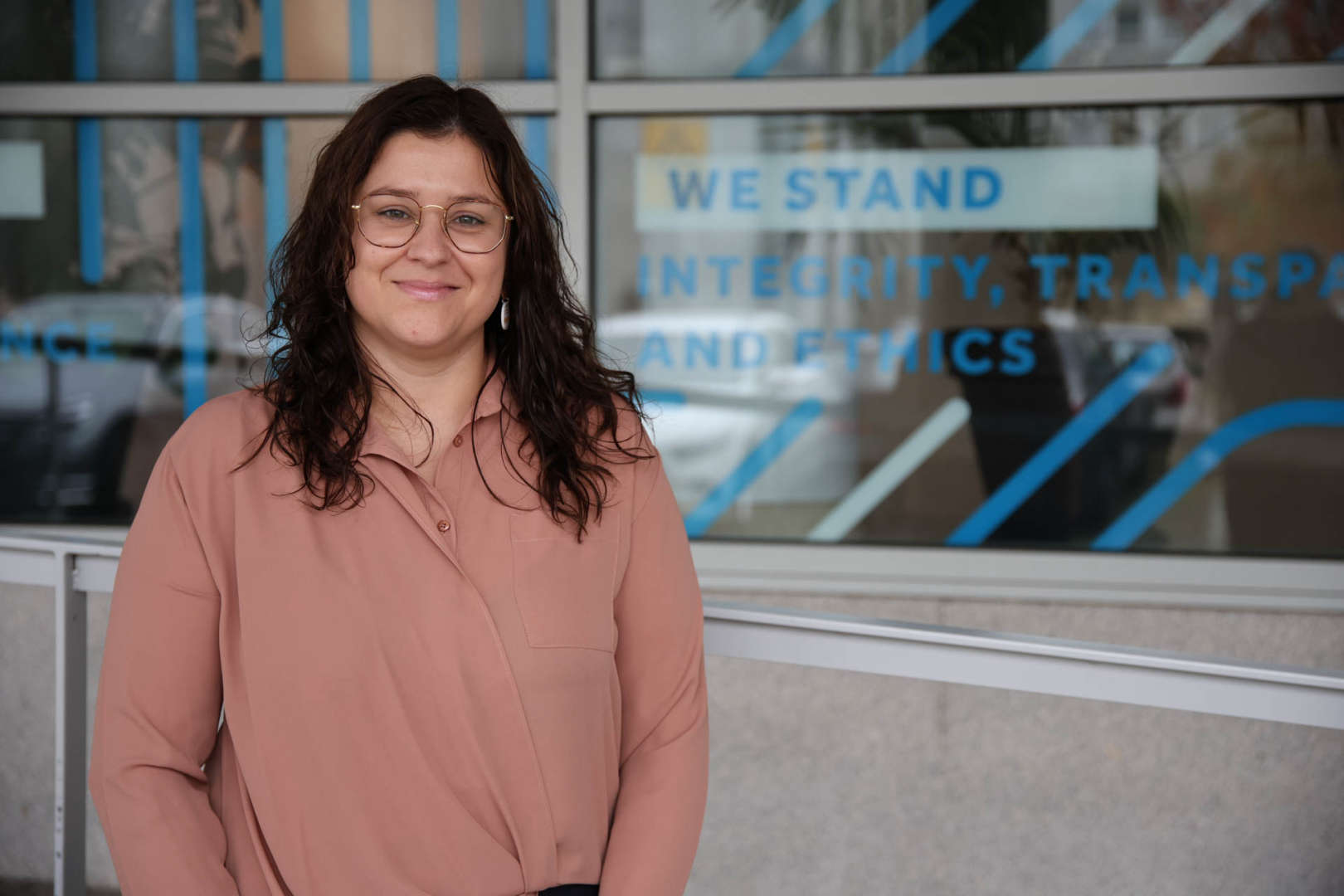About
Investigadora no Centro de Robótica e Sistemas Autónomos (CRAS) do INESC TEC.
Concluiu o Programa de Doutoramento em Engenharia Eletrotécnica e de Computadores pela Faculdade de Engenharia da Universidade do Porto (FEUP), com tese relacionada com perceção subaquática, em 2024. Na mesma instituição, obteve o grau de Mestre em Engenharia Eletrotécnica e de Computadores em 2017. É especializada em mapeamento com sensores visuais e acústicos e no reconhecimento de objetos, utilizando técnicas de aprendizagem computacional para melhorar as capacidades percetivas de veículos autónomos.
Atualmente participa em projetos de I&D focados no desenvolvimento de metodologias de inspeção de infra-estruturas portuárias subaquáticas focadas na verificação, deteção e análise de severidade de anomalias. Recorre assim à aplicação de técnicas de machine learning, de processamento de imagem e abordagens de interpretação e processamento de dados acústicos.


